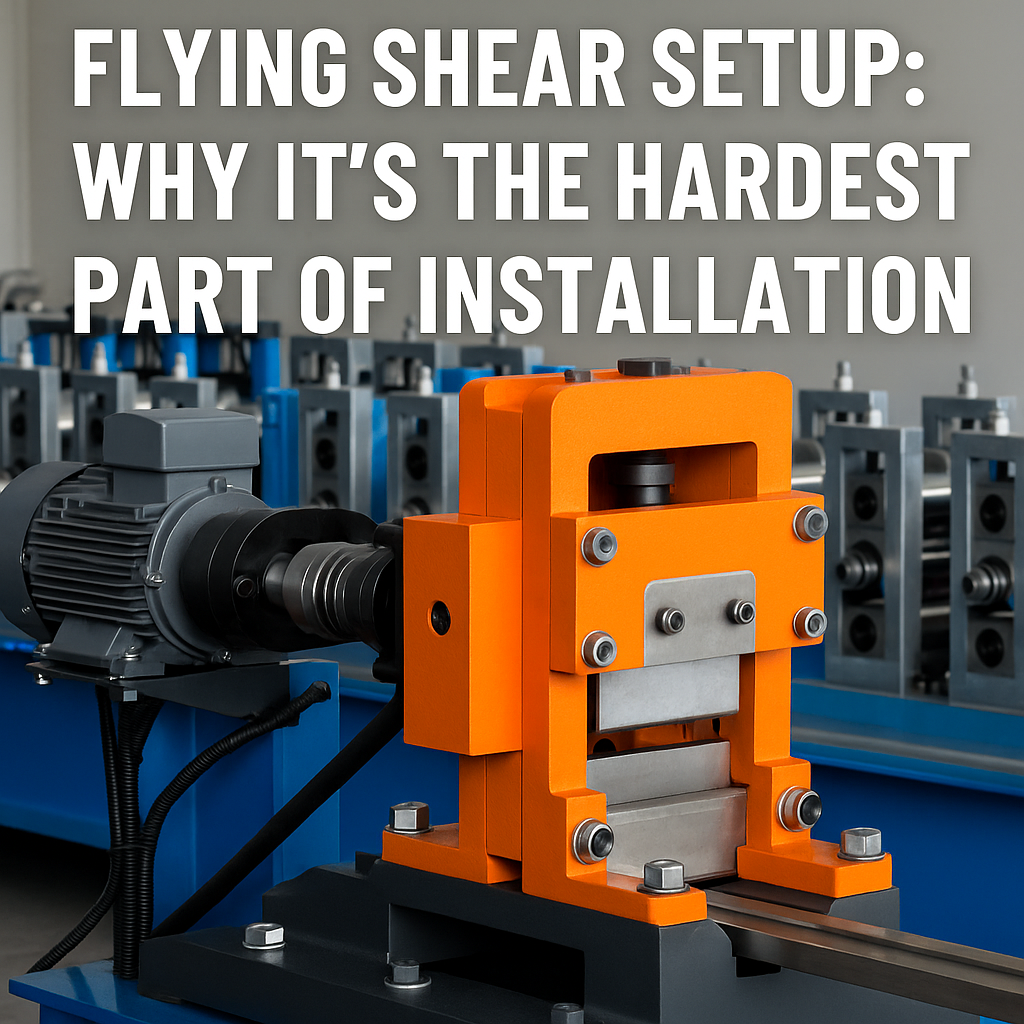Material thickness plays a critical role in the roll forming process, affecting not only the efficiency and capabilities of the machines but also the durability and performance of the final product. Here’s a breakdown of how material thickness impacts various aspects of roll forming:
1. Roll Forming Process
- Tooling Adjustments: The thickness of the material being processed dictates the type of tooling and the number of forming passes required. Thicker materials typically need stronger tooling and more passes to shape the metal without causing damage, while thinner materials may require more delicate handling to prevent warping or bending.
- Machine Power Requirements: Thicker materials demand more power from the roll forming machine. Heavier-gauge metals require greater force to bend and shape, which can increase wear and tear on the machine if not properly calibrated. Machines designed for thicker materials are typically more robust, with stronger motors and sturdier components.
- Speed of Production: Generally, thinner materials can be formed at higher speeds because they require less force to shape. Thicker materials, on the other hand, may slow down production rates because of the increased complexity and the need for greater precision during forming.
2. Product Durability
- Structural Strength: The thickness of the material directly affects the strength and durability of the final product. Thicker metals are often used in applications where load-bearing capacity is essential, such as in structural components, roofing panels, and industrial decking. Thinner materials, while easier to form, may not offer the same level of strength but are well-suited for non-load-bearing applications like cladding or decorative trims.
- Resistance to Damage: Thicker materials are typically more resistant to impacts, dents, and other forms of mechanical damage, making them ideal for environments with high stress or heavy wear and tear. Thinner materials are more prone to damage under high loads or impact, although proper coatings and finishes can improve their resilience.
3. Performance of Roll Forming Machines
- Machine Wear: Constantly forming thicker materials can lead to increased wear on the roll forming machine, particularly on the rollers and tooling. Machines designed for thick materials must be built with stronger components to handle the additional stress, but regular maintenance is essential to prevent premature wear.
- Vibration and Alignment: When roll forming thick materials, the increased force can lead to greater vibrations in the machine, which may affect the alignment of the rolls and reduce the accuracy of the formed parts. Proper alignment and maintenance are crucial to avoid defects in the final product.
4. Tolerances and Precision
- Tighter Tolerances for Thin Materials: When forming thinner materials, maintaining precise tolerances is crucial, as small deviations can lead to noticeable flaws in the finished product. In contrast, thicker materials can be more forgiving, allowing for a bit more leeway in tolerance while still achieving the desired shape and function.
Conclusion
Material thickness has a significant impact on the roll forming process, influencing machine requirements, production speed, product strength, and overall efficiency. Thicker materials require more robust machines and more precise tooling, but they offer enhanced durability and strength. On the other hand, thinner materials can be formed faster but demand tighter tolerances and careful handling. For manufacturers, understanding these impacts is key to optimizing roll forming operations and producing high-quality products tailored to specific application needs.




